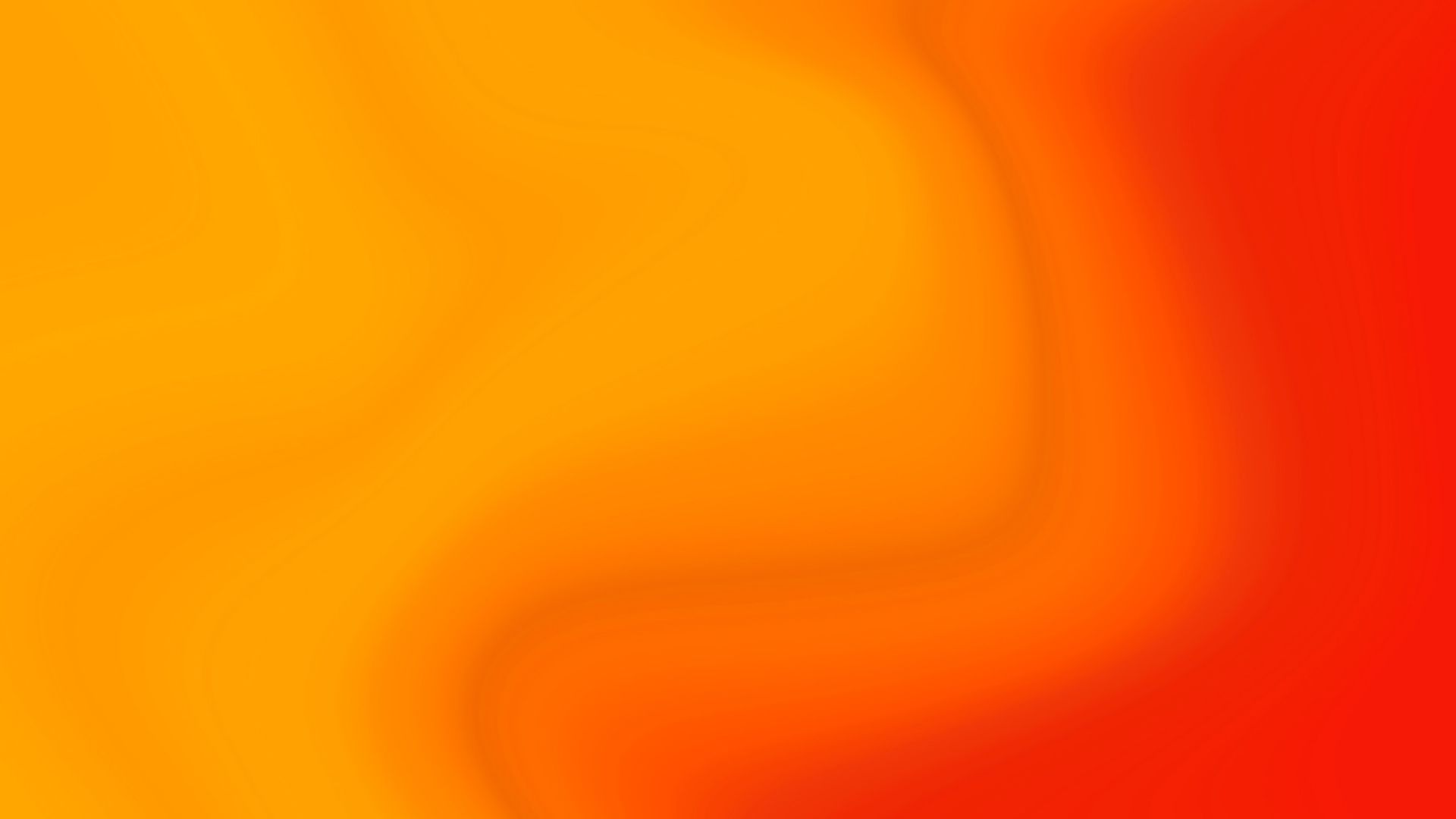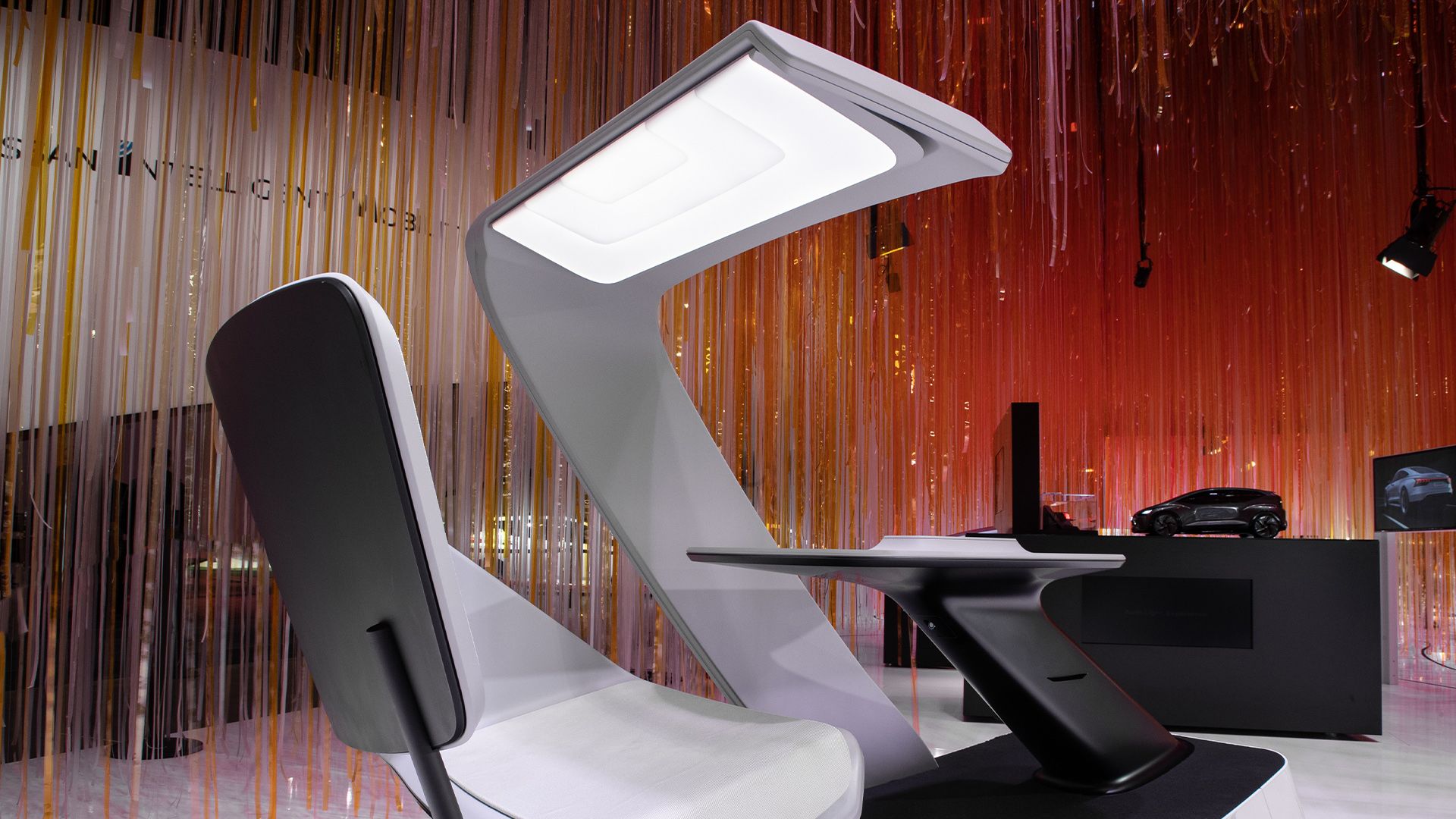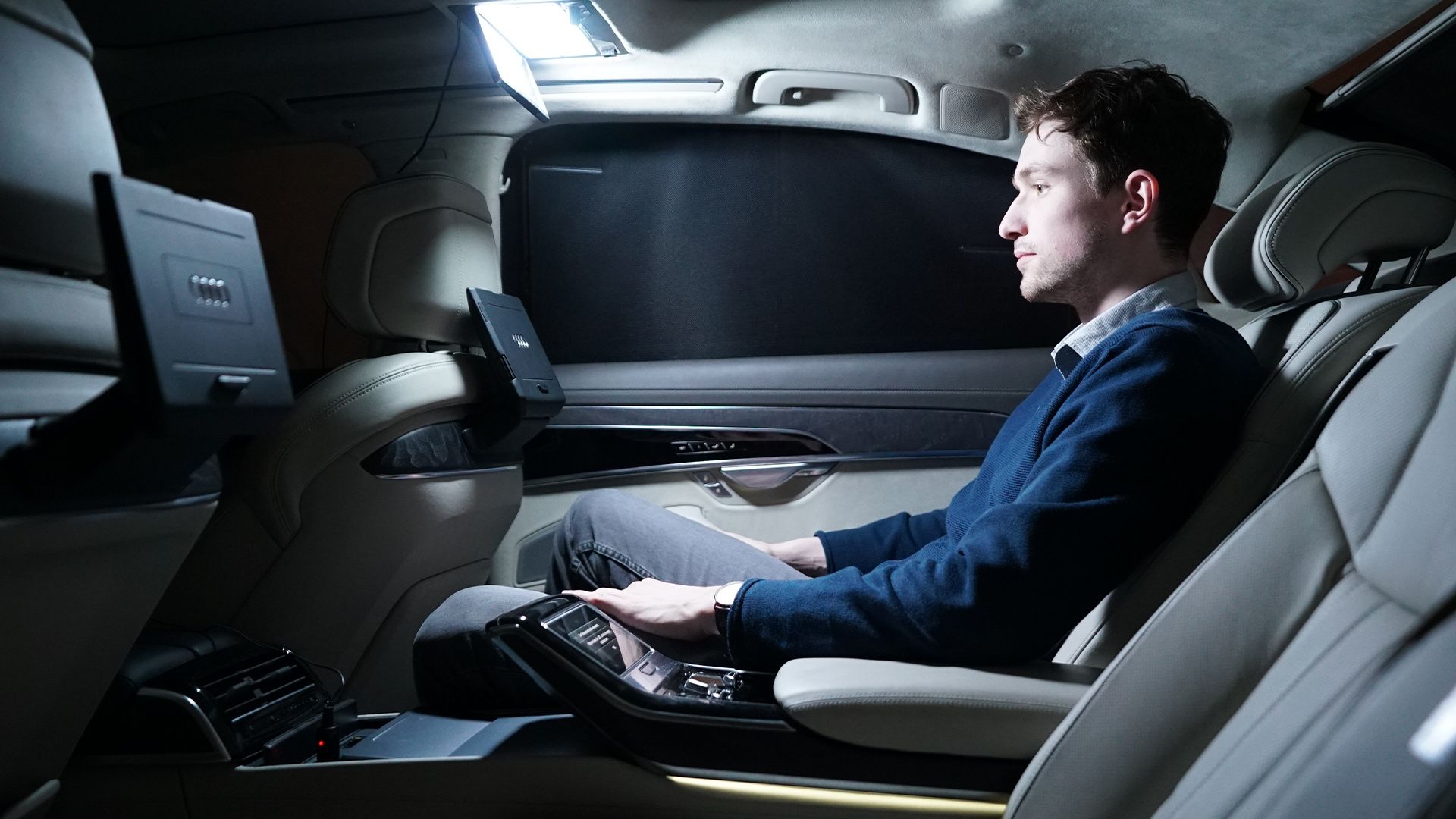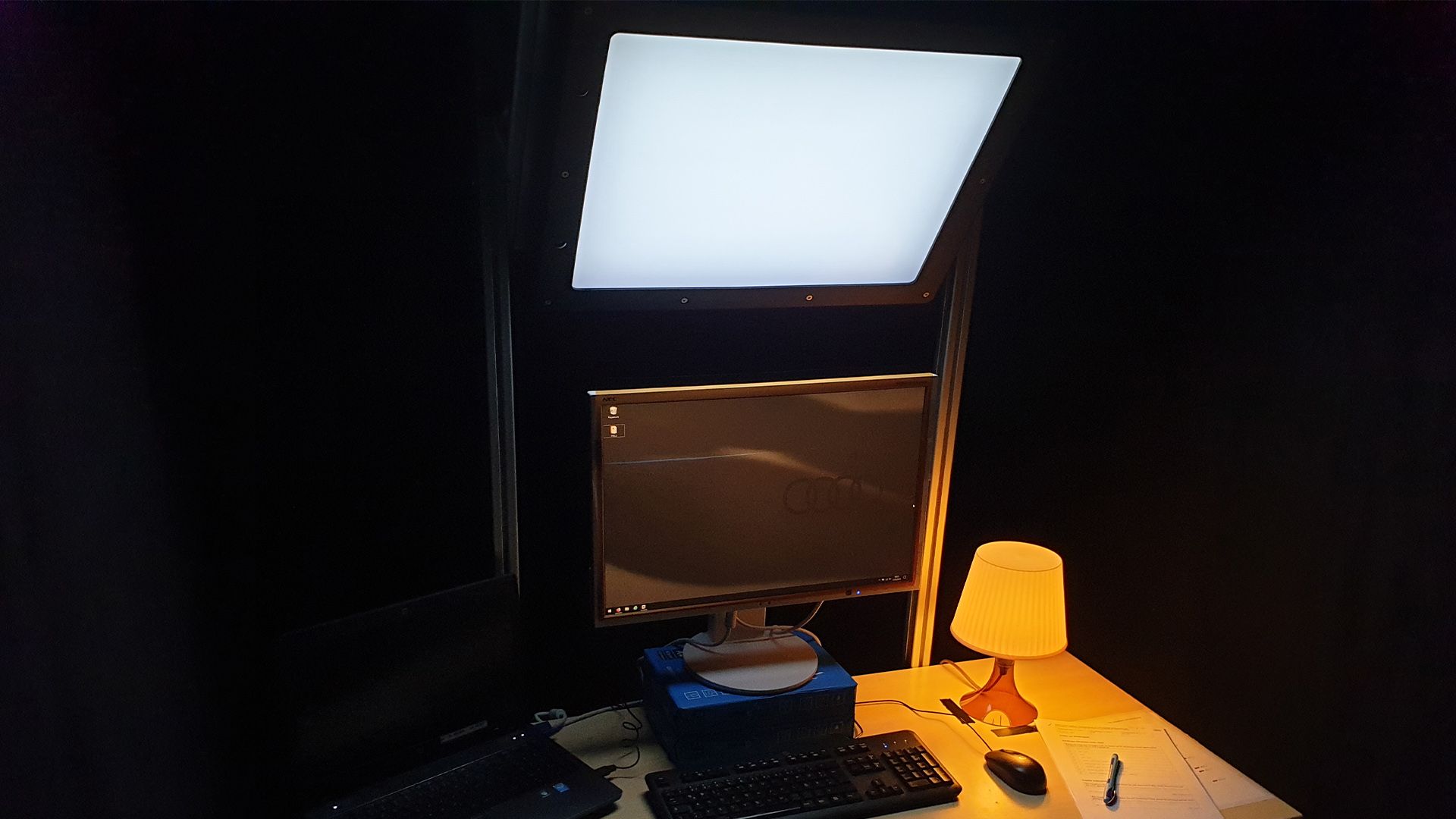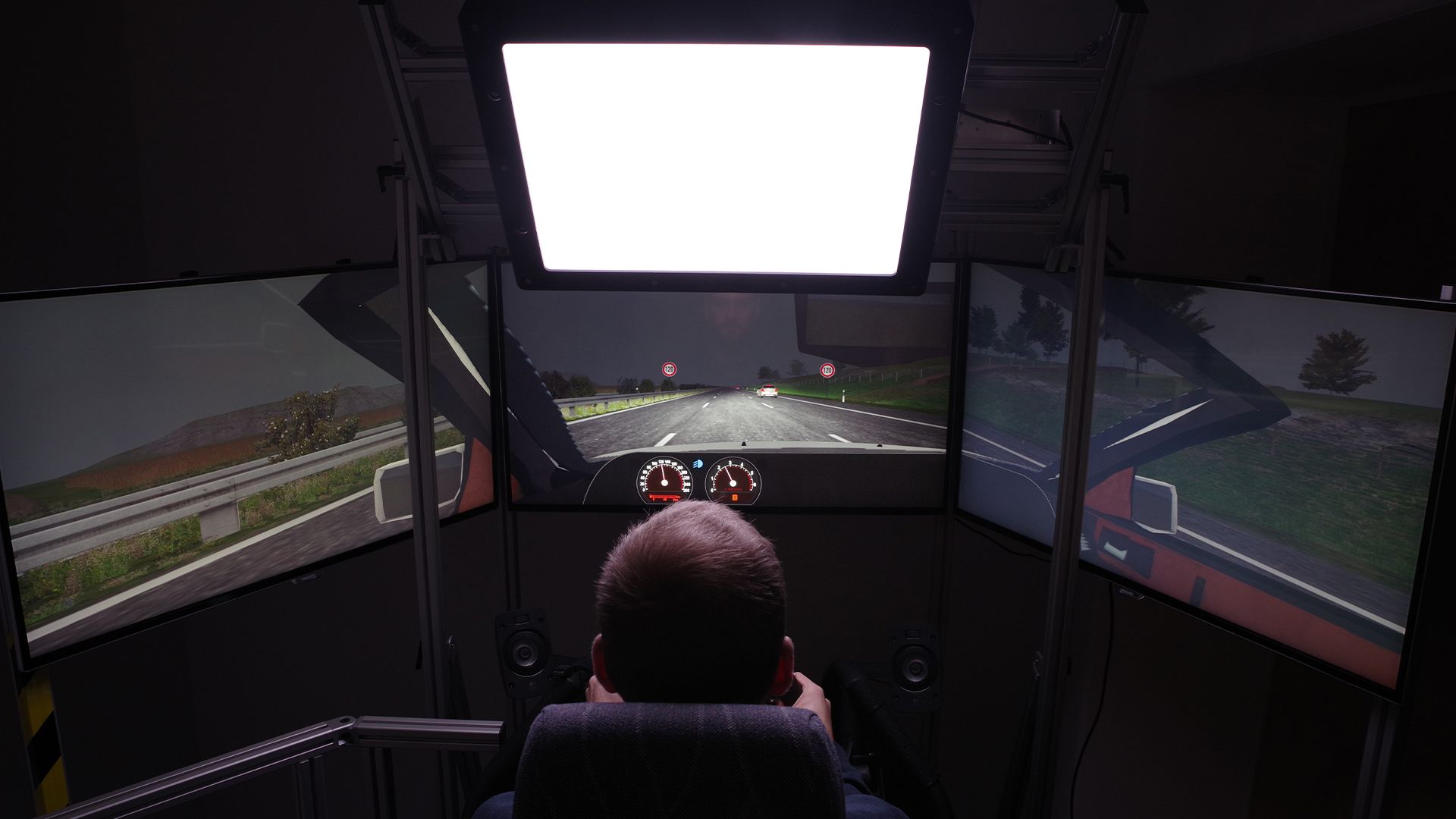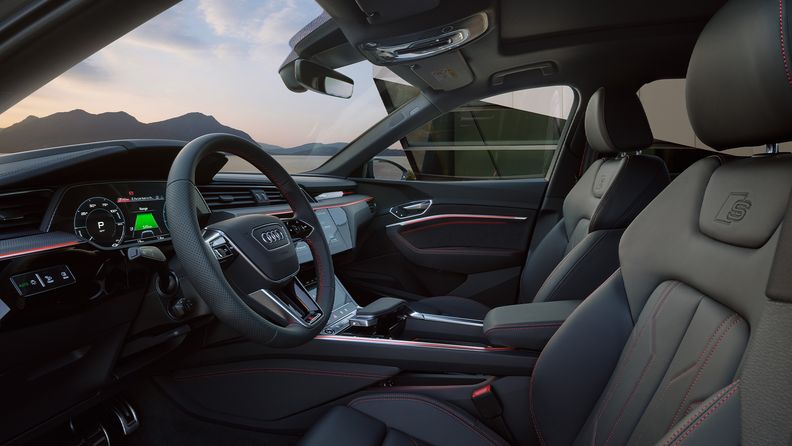Lightening the mood

At Audi, lighting drives innovation. When paired with conditionally automated driving, when suitably equipped vehicles will allow drivers to let go of the steering wheel and lean back as passengers, interior lighting design will assume an ever more important role.

The importance of blue light
Pleasant mood lighting can contribute to a sense of well-being. Plus, light modulates human circadian rhythms. How can we make selective use of these properties? That’s precisely what Arvid Niemeyer, a doctoral student at Audi, is working on. “Human Centric Lighting is the answer because this concept prioritizes human needs,” he says, adding, “Audi is innovation-driven and willing to draw inspiration also from nature. We know that bright, cool daylight—like what we get at noon—energizes, stimulates and improves alertness. This effect can also be cultivated with artificial light.”
In the context of tomorrow’s mobility, when conditionally automated vehicles will already be on the road, the following scenario is playing out: Someone is en route and must use the time to prepare for an important meeting. Concentration is key. “As a passenger in the vehicle, the user can adjust the interior lighting by increasing the light’s blue component to enhance focus. Studies have shown it’s important that the light source has a large area and is positioned directly overhead—just as the midday sun is at its zenith.” If there is a decrease in the blue component, the effect also diminishes. This is why warm light with a high red and low blue component is seen to induce relaxation. “Both have their uses, but the energizing effect is the more relevant application for us. “

Timekeeper behind our daily routines
In order to better understand how light affects us, we need to take a closer look at our acquired behavior patterns and biological processes. As Arvid Niemeyer explains, “We have simply internalized the rhythm of day and night. This is what we call our circadian rhythm—a sleep-wake cycle completed once roughly every 24 hours.” Our bodies have adapted to this rhythm and function differently during the day than at night. As sensory organs that respond to light, our eyes facilitate the cyclical shift. “Research on the topic revealed that in addition photoreceptors, which are responsible for seeing at night and in color respectively, there is also a third type of receptor in the retina. What makes this kind so special is that it regulates certain hormones in the body. Insight into this mechanism paving the way for the concept of Human Centric Lighting.
“In 2002, research on the topic revealed that in addition to rod and cone photoreceptors, which are responsible for seeing at night and in color respectively, there is also a third type of receptor in the retina for detecting incident light. What makes this kind so special is that it does not contribute to sight, but instead regulates certain hormones in the body. These ganglion cells contain melanopsin proteins and are found in the uppermost layer of the retina.”
Audi conducts three studies
Arvid Niemeyer is not the only one investigating Human Centric Lighting—it’s also Michael Weng’s specialty. Drawing on the initial findings from previous field research with the Audi A8 as a point of departure, the pair have conducted follow-up studies. The field research made use of a specially adapted makeup mirror lamp to support the circadian rhythms. Two out of three participants confirmed that the light made them feel more alert in the morning. Two further laboratory studies in which 32 participants sat in a darkened box with different light sources also lent credence to the theory that a high blue component in lighting counteracts fatigue.
The third Audi study on light’s effects on people was conducted using a driving simulator. The study was able to not only probe situations where participants acted as drivers but also where they were occupants in conditionally automated cars—i.e. without having to operate the vehicle. Even under these conditions, the initial results were positive. For the designers of tomorrow's mobility light is and remains an exciting field of research.
